For generations, tug of war, stick pushing, shuttlecock throwing, grass weaving... have not only been spring games but also demonstrated the spirit of solidarity, strength and dexterity of the people of the highlands. Each sport has its own value: tug of war trains collective cohesion, stick pushing promotes strength and technique, shuttlecock throwing symbolizes the aspiration to reach for good things, and grass weaving demonstrates the agility and finesse of the players.
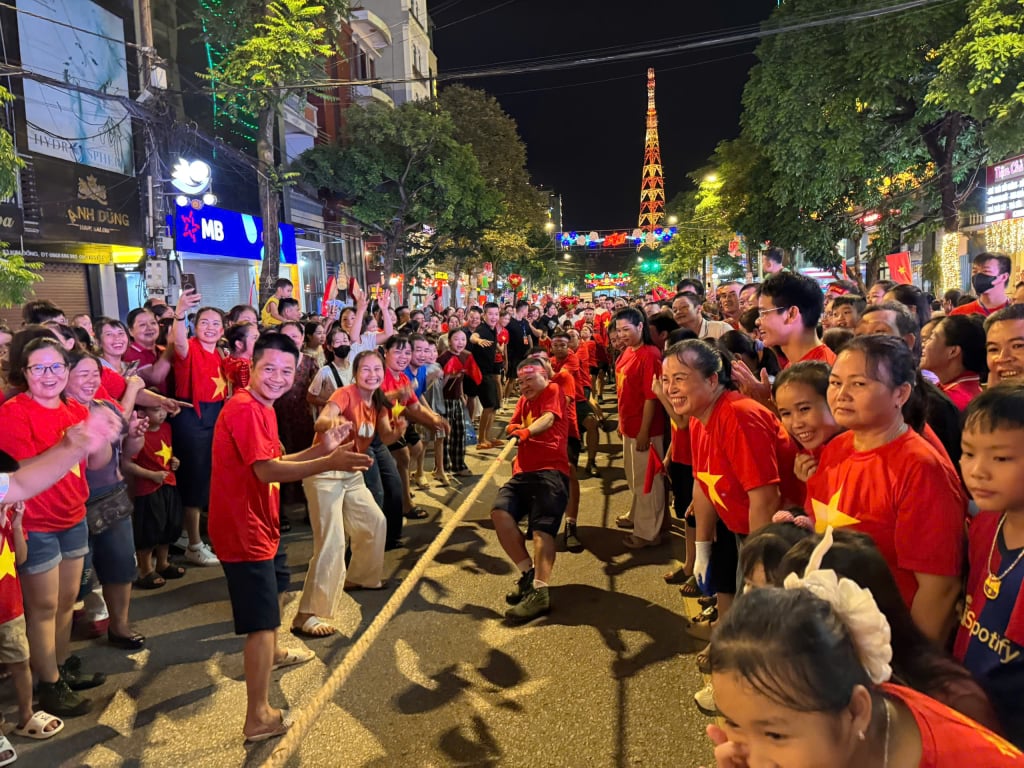
Mr. Hoang Van Tinh, Be Trieu commune shared: In the past, every Tet, villagers gathered to play tug of war, stick pushing, and grass pulling. Everyone in the village participated, both for fun and to strengthen the village and neighborly bond. Now, although many young people work far away, they still come back every festival, still keeping the habit of participating for fun. Those games are not just games, but also our childhood memories.
Currently, many localities in the province have proactively included traditional sports in cultural and sports events at commune, district and provincial levels. At traditional festivals or Ethnic Culture Festivals, tug-of-war, stick-pushing and tossing competitions always attract a large number of people and tourists. Not only is it a "festival" part of each holiday, but it is also an opportunity to promote folk culture and arouse national pride.
Ms. Nguyen Thi Lan, a tourist from Hanoi , shared: I have been to Cao Bang many times, but every time I like to watch the grass weaving and tug of war. Seeing the people playing with all their heart, the sound of drums and cheers echoing throughout the yard, I feel the joyful and united spirit that is very typical of the northern mountainous region. In big cities, it is rare to see traditional games organized in such a systematic and exciting way.
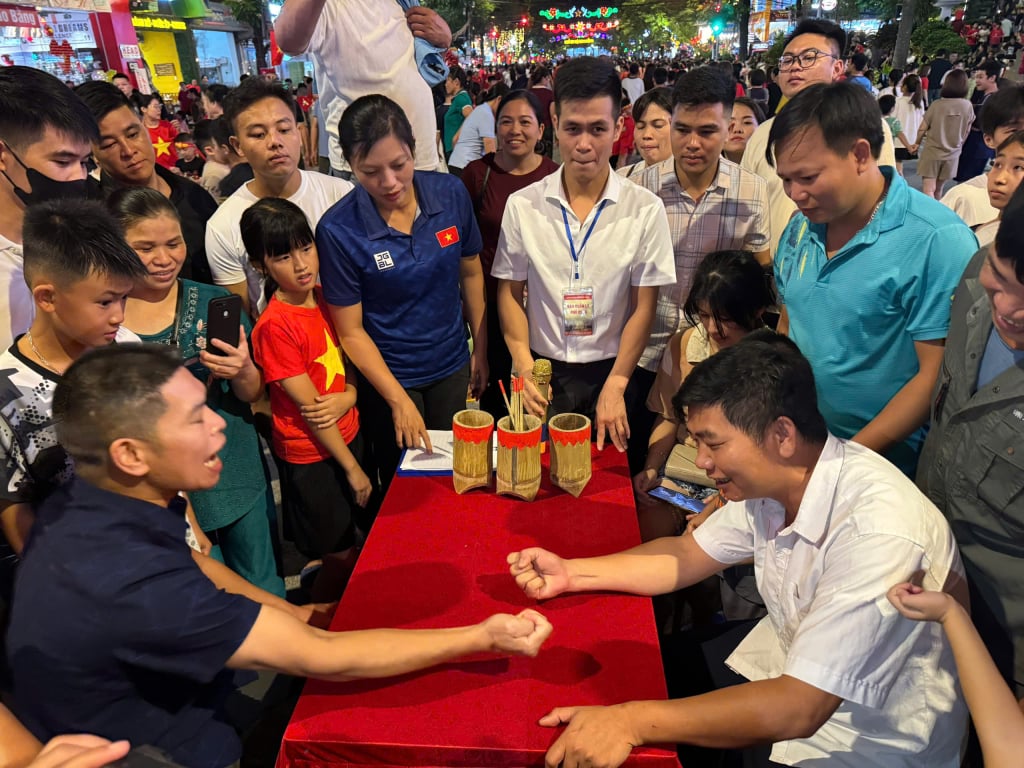
Notably, along with the restoration of the festival, many local youths actively participated in ethnic sports teams, becoming the core of the grassroots movement. Mr. Luong Van Hau, a member of the Bao Lam commune pole pushing team, said: I started playing pole pushing since high school. At first, it was just for fun, but the more I played, the more proud I became because this is a national sport. Participating in competitions, I made more friends and understood more about the traditions of my homeland.
The spread of traditional sports is not limited to the village. Many schools in the highlands have included folk games in extracurricular activities, helping students both practice physical training and understand more about their ethnic culture. The provincial cultural and sports agencies have also actively supported the organization of competitions, skills training, and recognized and honored individuals who contributed to the movement.
In addition, the combination of preserving folk sports and developing community tourism is also opening up a new direction. At many tourist destinations such as Pac Bo relic site, or community tourism areas in Trung Khanh, Nguyen Binh, games have become attractive experiences for tourists. Instead of just watching, tourists can directly play with the locals, thereby understanding more about the life, customs, and hospitality of the highlands.
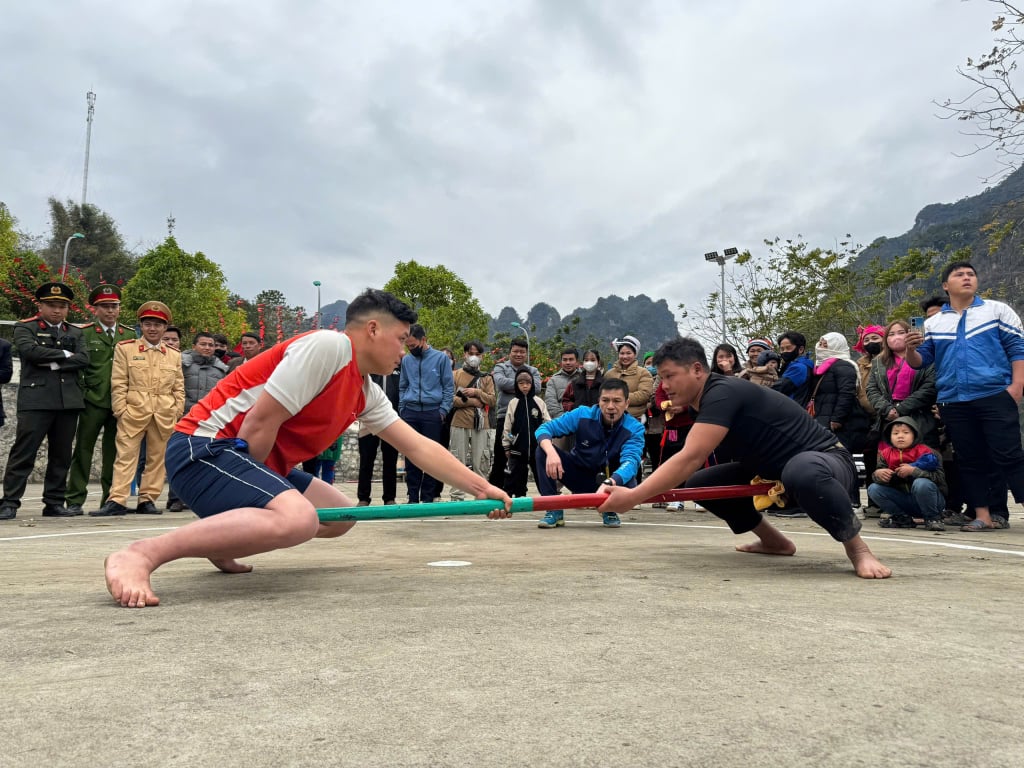
In order for traditional sports to not be lost and to be promoted, it is necessary to have the cooperation of the whole community, from people, schools, authorities to tourists. Regularly organizing competitions, exchanges, bringing folk games to schools, tourist areas, etc. are practical ways to "breathe new life" into ancient cultural values.
The tug-of-war ropes are full of strength, the pushing sticks are associated with the spirit of perseverance, the shuttlecocks are thrown up carrying the wish for peace… all blend into the unique cultural rhythm of the highlands. In modern times, promoting traditional sports is not only to preserve a part of the heritage, but also to keep the national culture shining, lasting over time.
Source: https://baocaobang.vn/phat-huy-cac-mon-the-thao-truyen-thong-giu-gin-net-dep-van-hoa-vung-cao-3181587.html


![[Photo] Solemn funeral of former Vice Chairman of the Council of Ministers Tran Phuong](https://vphoto.vietnam.vn/thumb/1200x675/vietnam/resource/IMAGE/2025/10/24/1761295093441_tang-le-tran-phuong-1998-4576-jpg.webp)

![[Photo] Prime Minister Pham Minh Chinh and South African President Matamela Cyril Ramaphosa attend the business forum](https://vphoto.vietnam.vn/thumb/1200x675/vietnam/resource/IMAGE/2025/10/24/1761302295638_dsc-0409-jpg.webp)

![[Photo] President Luong Cuong chaired the welcoming ceremony and held talks with United Nations Secretary-General Antonio Guterres](https://vphoto.vietnam.vn/thumb/1200x675/vietnam/resource/IMAGE/2025/10/24/1761304699186_ndo_br_1-jpg.webp)
![[Photo] Prime Minister Pham Minh Chinh chairs conference on breakthrough solutions for social housing development](https://vphoto.vietnam.vn/thumb/1200x675/vietnam/resource/IMAGE/2025/10/24/1761294193033_dsc-0146-7834-jpg.webp)
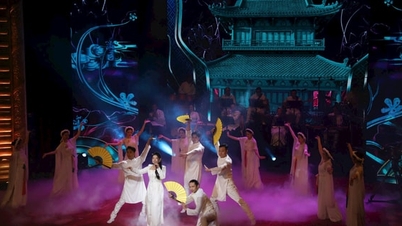

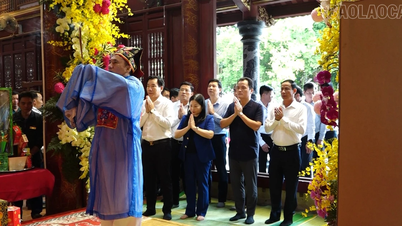

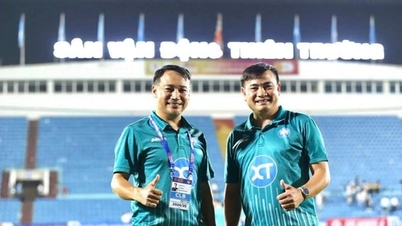

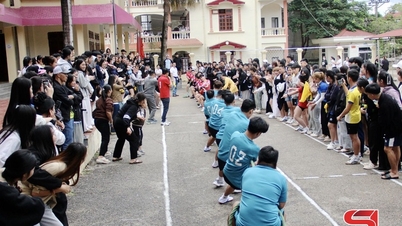










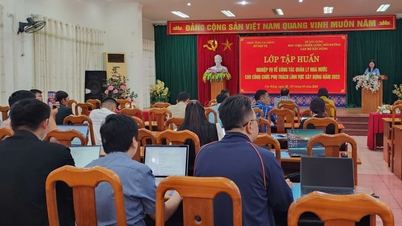

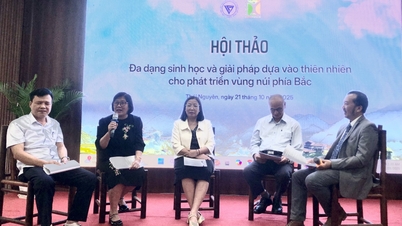




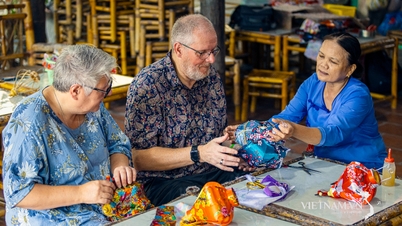

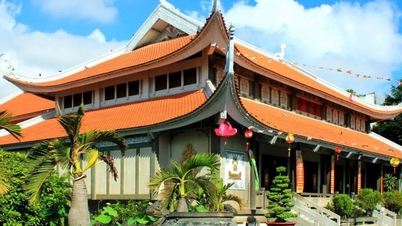

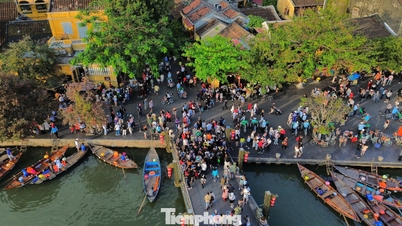

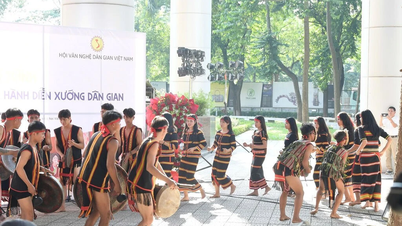






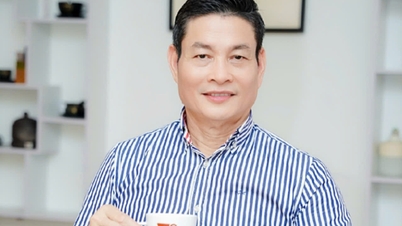

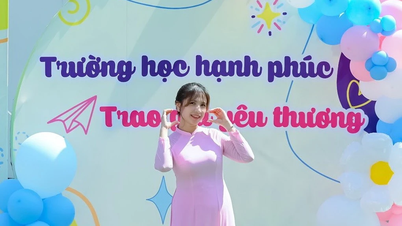

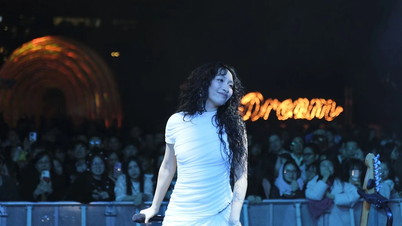















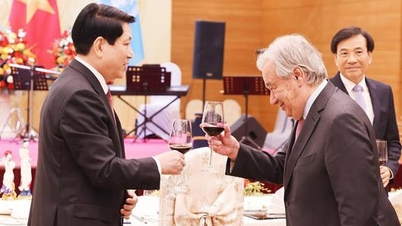

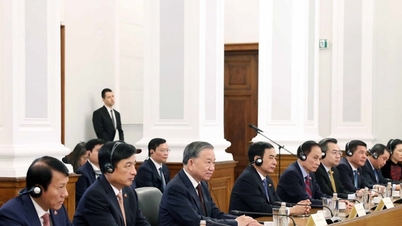

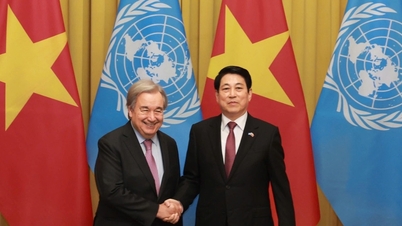



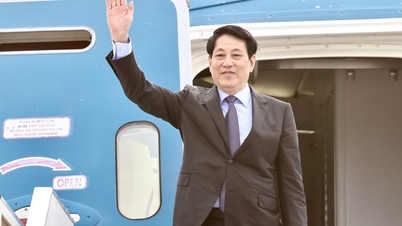
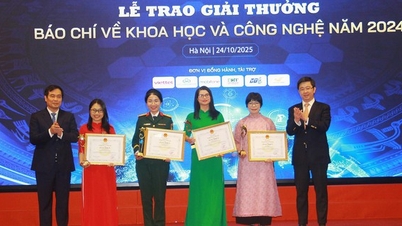


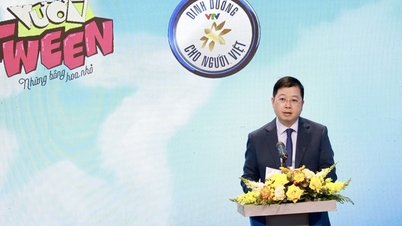
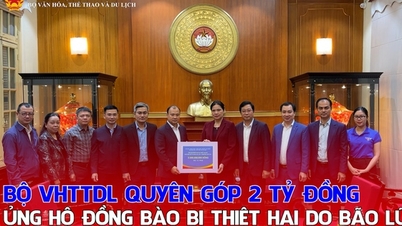
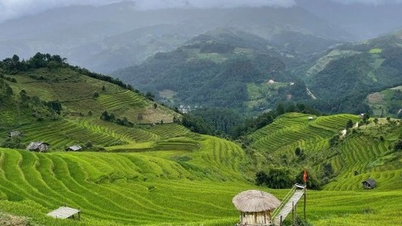
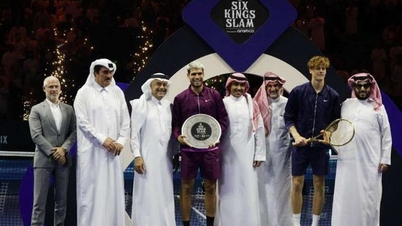
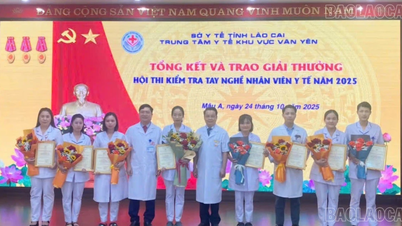
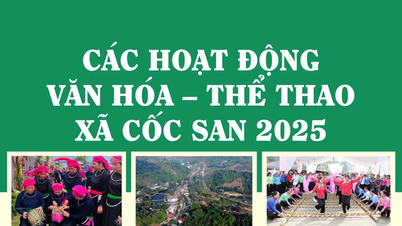
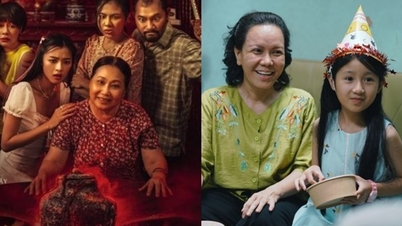



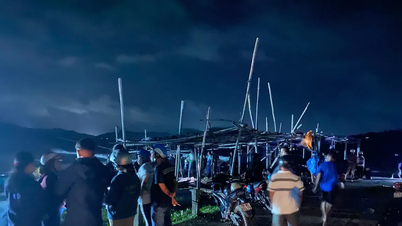













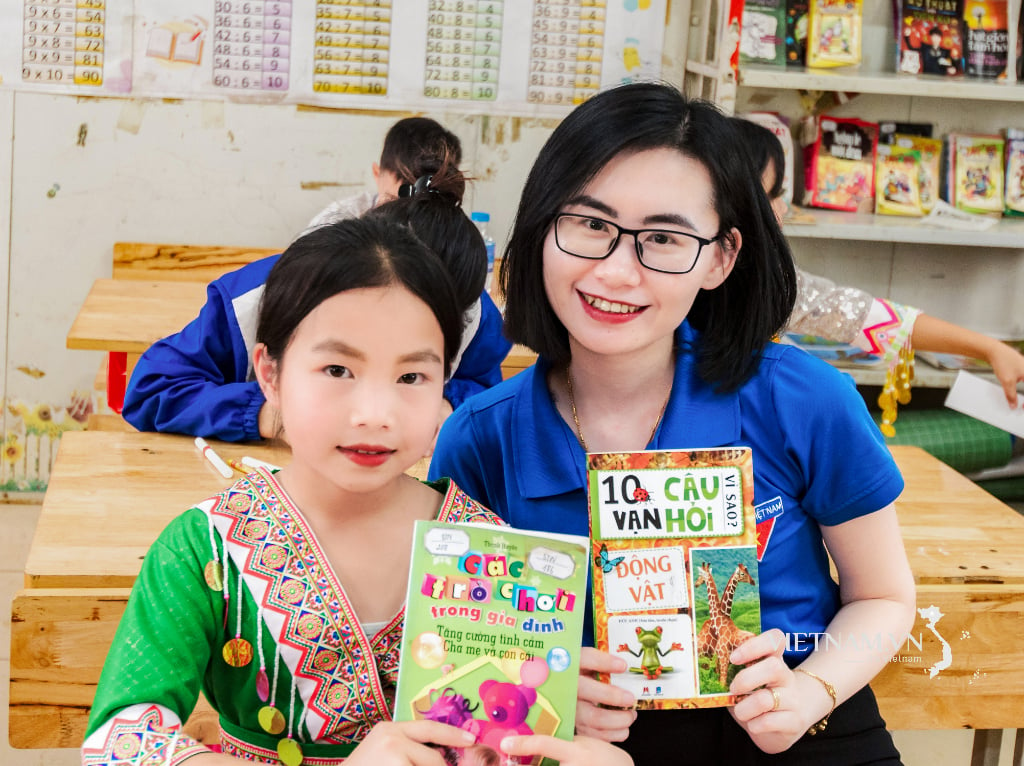

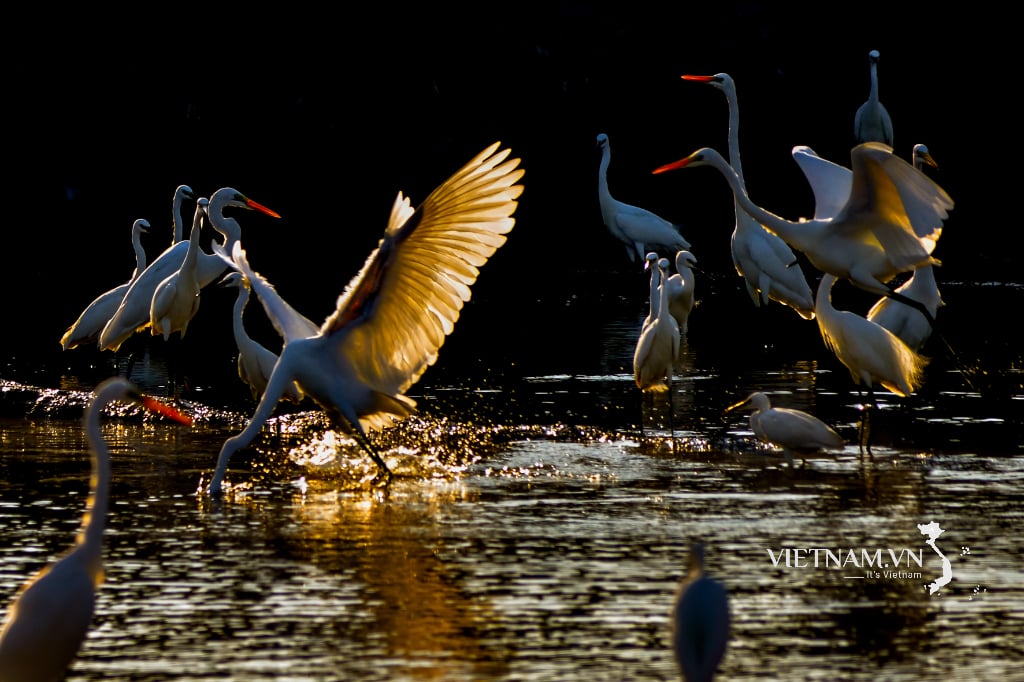

Comment (0)